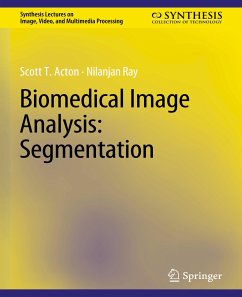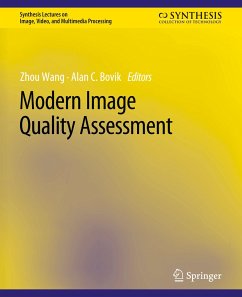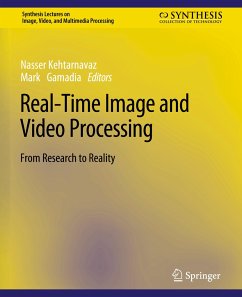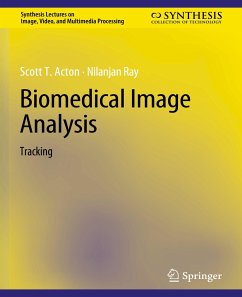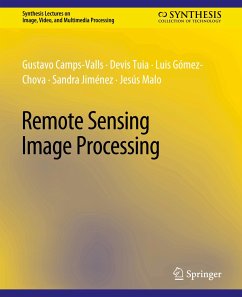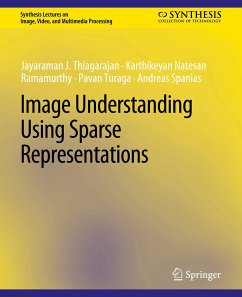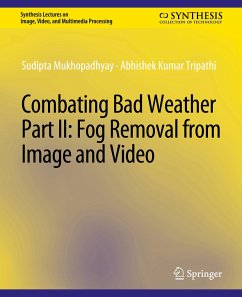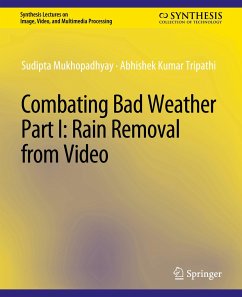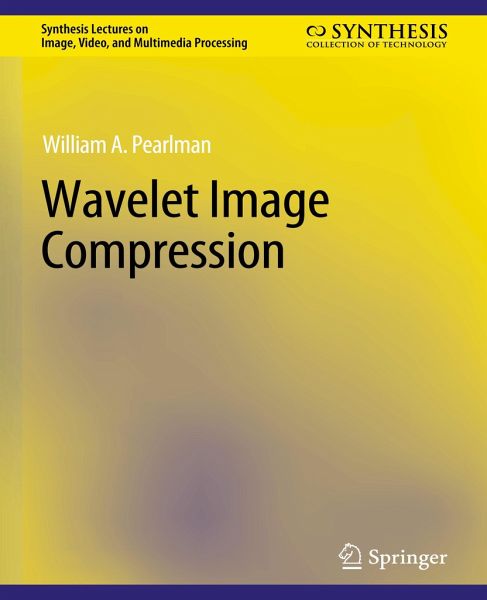
Wavelet Image Compression

PAYBACK Punkte
0 °P sammeln!
This book explains the stages necessary to create a wavelet compression system for images and describes state-of-the-art systems used in image compression standards and current research. It starts with a high level discussion of the properties of the wavelet transform, especially the decomposition into multi-resolution subbands. It continues with an exposition of the null-zone, uniform quantization used in most subband coding systems and the optimal allocation of bitrate to the different subbands. Then the image compression systems of the FBI Fingerprint Compression Standard and the JPEG2000 S...
This book explains the stages necessary to create a wavelet compression system for images and describes state-of-the-art systems used in image compression standards and current research. It starts with a high level discussion of the properties of the wavelet transform, especially the decomposition into multi-resolution subbands. It continues with an exposition of the null-zone, uniform quantization used in most subband coding systems and the optimal allocation of bitrate to the different subbands. Then the image compression systems of the FBI Fingerprint Compression Standard and the JPEG2000 Standard are described in detail. Following that, the set partitioning coders SPECK and SPIHT, and EZW are explained in detail and compared via a fictitious wavelet transform in actions and number of bits coded in a single pass in the top bit plane. The presentation teaches that, besides producing efficient compression, these coding systems, except for the FBI Standard, are capable of writingbit streams that have attributes of rate scalability, resolution scalability, and random access decoding. Many diagrams and tables accompany the text to aid understanding. The book is generous in pointing out references and resources to help the reader who wishes to expand his knowledge, know the origins of the methods, or find resources for running the various algorithms or building his own coding system. Table of Contents: Introduction / Characteristics of the Wavelet Transform / Generic Wavelet-based Coding Systems / The FBI Fingerprint Image Compression Standard / Set Partition Embedded Block (SPECK) Coding / Tree-based Wavelet Transform Coding Systems / Rate Control for Embedded Block Coders / Conclusion



